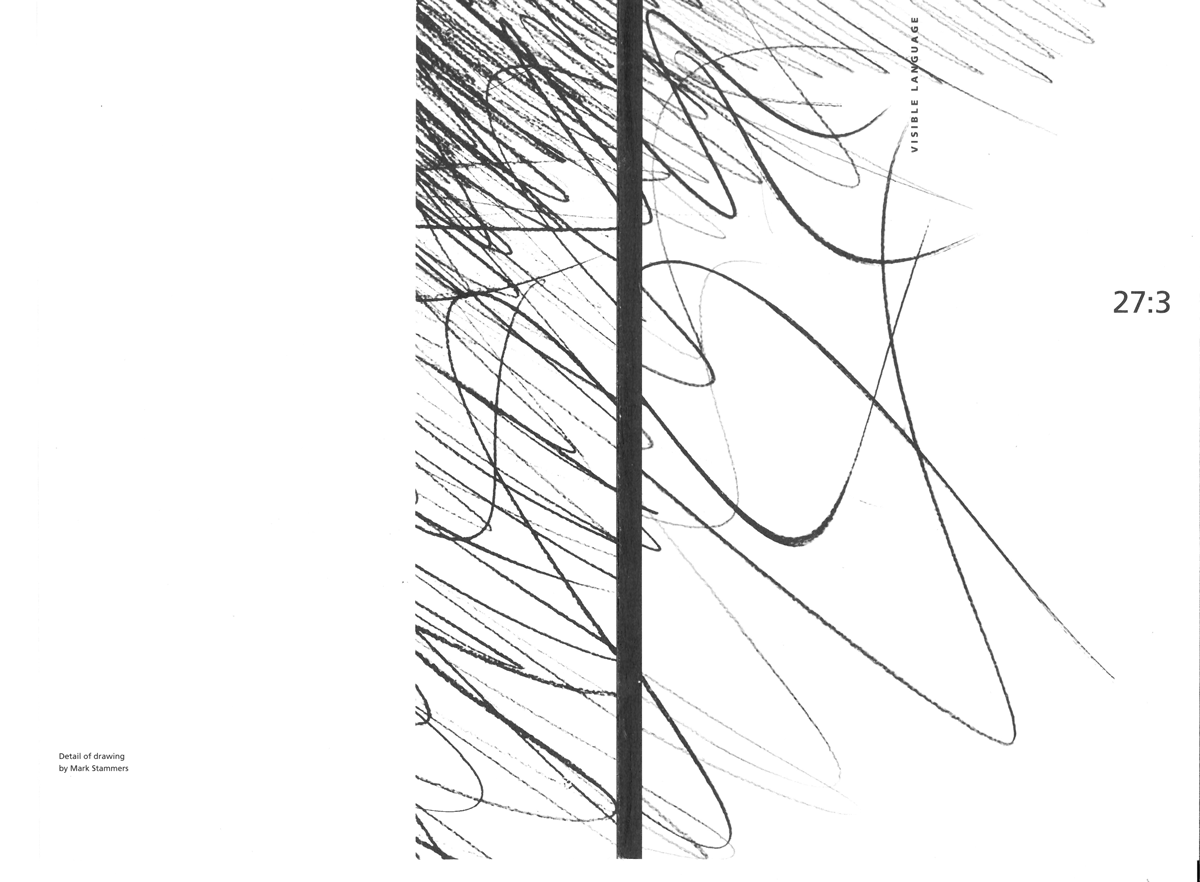Proof-reading Monospaced and Proportionally-spaced Typefaces: Should We Check Typewritten or Typeset
Abstract
We examined the impact of proofreading accuracy of setting text in (monospaced) typewriter faces and (proportionally-spaced) typefaces, and found no significant differences. However when we introduced a third condition (irregularly-spaced typeface), proof-reading suffered, suggesting the importance of a good match between character shape and horizontal spacing. There was a subsidiary finding that subjects marked more false positives (that is, suggested that there were errors in text, when in fact there were not) in the typewritten text than in the typeset texts (well-spaced or irregularly-spaced). A post-test where judges rated text as needing more revision when typewritten rather than typeset suggested than more false positives may have been scored because typewriter faces carry a connotation of provisionality, and so subjects in the main experiment may have been applying stricter criteria to the typewritten text than to the other texts.Downloads
Published
1993-07-01
Issue
Section
Journal Article

